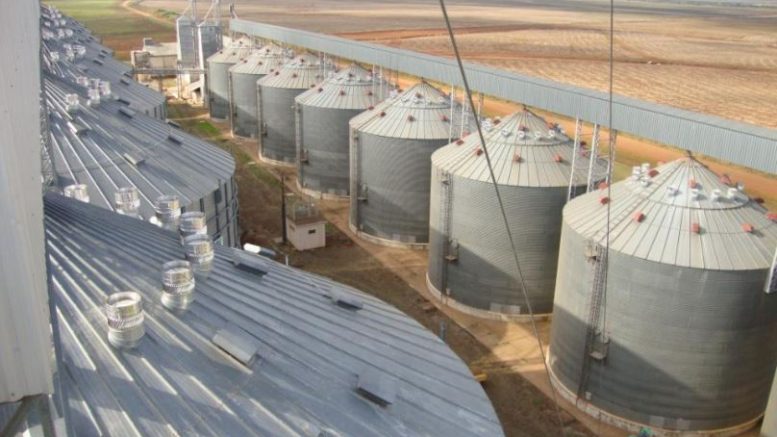“Every hectare of soybeans or every tonne of corn stored must be seen as an asset that should generate results…”
José Luís Bassani is the coordinator of educational and student success projects at Agrinvest Commodities. He holds a degree in economics from the State University of Western Paraná and an MBA from the Luiz de Queiroz School of Agriculture at the University of São Paulo.

José Bassani, coordinator at Agrinvest Commodities
While many discuss the future of agriculture at high-level conferences, there are those who are in the field with their hands in corn, soybeans, and wheat. It is in this daily routine of practical decisions, tight margins, and complex logistics that grain storage proves to be not only an operational necessity, but also a tool for managing and perpetuating family farming.
From improvisation to management
For a long time, storage was seen only as “saving grain.” Farmers or grain dealers believed that selling simply meant delivering at the price of the day. But without separating costs, calculating freight costs and depreciation, and organizing cash flow, many discovered too late that they were paying to work. They mixed the harvest with household bills, did not remunerate the capital invested in silos and dryers, and often liquidated production right after harvest, when price pressure is negative, without knowing if there was a profit or just cash flow.
This lack of management made the activity unsustainable. The warehouse became a “black hole of money,” where neither the farmers saw results nor did his family have a salary even though they worked hard.
The turning point: seeking help
The turning point came when these farmers began to listen to those who understood more about management, whether they were bank managers, marketing consultants, or more experienced fellow grain farmers. The lesson was clear: a silo, like a store, needs to pay rent to itself. If the space does not generate a return, the most rational course of action is to lease it to third parties or provide services.
Each hectare of soybeans or each ton of corn stored must be seen as an asset that should generate results. This change in mindset opens our eyes to the true function of storage: not just to stockpile, but to create value.
Professionalizing management means seeing all the invisible costs:
- depreciation of silos, dryers, and equipment;
- maintenance of elevators and hoppers;
- electricity for aeration and drying;
- insurance and losses due to moisture;
- salaries, including those of family members who work in the business.
If the real cost of storage is US$ 0.94 per bag, selling the service at US$ 0.75 literally means paying to work. Only when these costs are properly accounted for and remunerated does the warehouse cease to be a dead weight and become a business.
This adjustment brings about a change in attitude: the farmer/grain dealer begins to separate their CPF (Individual Taxpayer ID) from their CNPJ (Corporate Taxpayer ID), define pro-labore for themselves, and remunerate their family as collaborators, establishing solid management foundations.
The grain market is dictated by buyers who establish standardization criteria and discounts. Many farmers passively accept this, but only those who adopt management and planning thrive. Clarity about costs and margins gives them the courage to say “no” when the proposal does not generate results.
This is how some warehouses have earned their reputation: quality in the grain delivered, transparency in moisture discounts, well-structured contracts, and trust with customers. Faced with this standard, buyers agree to pay more because they know they will receive a clean, dry product that meets standards and is delivered on time. Management builds trust, and trust generates business.
More than cost: storage as a strategy
Storage is not a cost: it is a strategic tool. It allows you to hold onto products to sell them at a better price, reduce logistics expenses, plan cash flow, and even optimize your tax burden. Those who master storage also master part of the marketing game.
There is one crucial point: without a salary, children will leave the countryside. But when there is management, pro-labore, and profit sharing, young people see a future in agriculture. This applies to both farmers and grain merchants.
Professionalizing storage is not synonymous with seeking instant wealth, but with creating comfort, dignity, and prospects for the family. This is the basis of succession: showing that the countryside and the warehouse can be solid, profitable, and long-lasting businesses.
Experience shows that grain storage is not just a logistical operation. It is part of the management mechanism that separates ordinary businesses from sustainable rural enterprises. By learning to price correctly, separate personal and business life, and value family work, farmers transform silos into tools for strategy and succession.
The future of agriculture is not decided solely in large forums or conferences. It is built on a daily basis, with management applied to the field and the warehouse, ensuring competitiveness, income, and the permanence of the new generation in the sector.
READ MORE:


